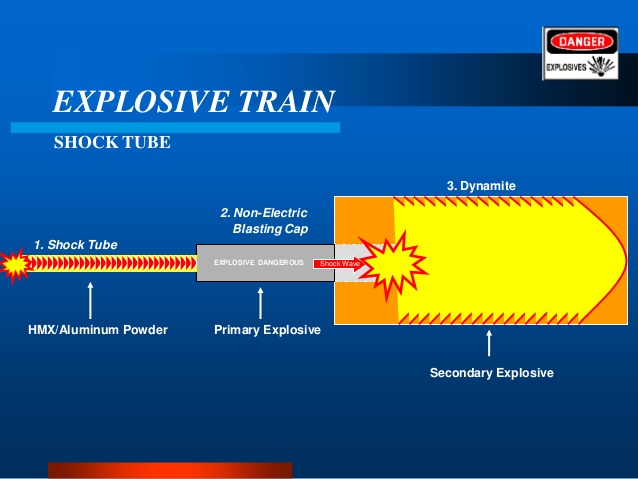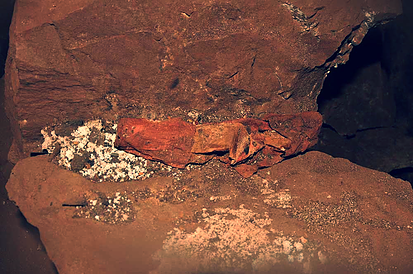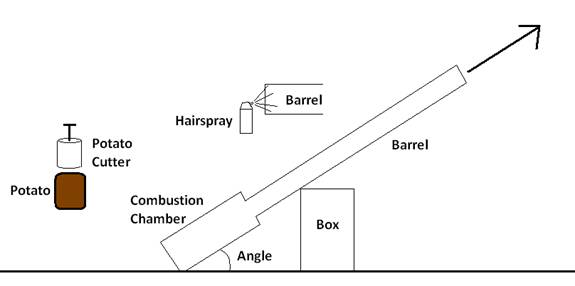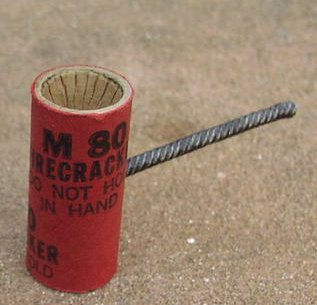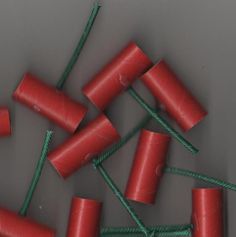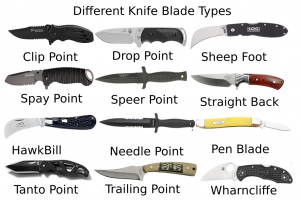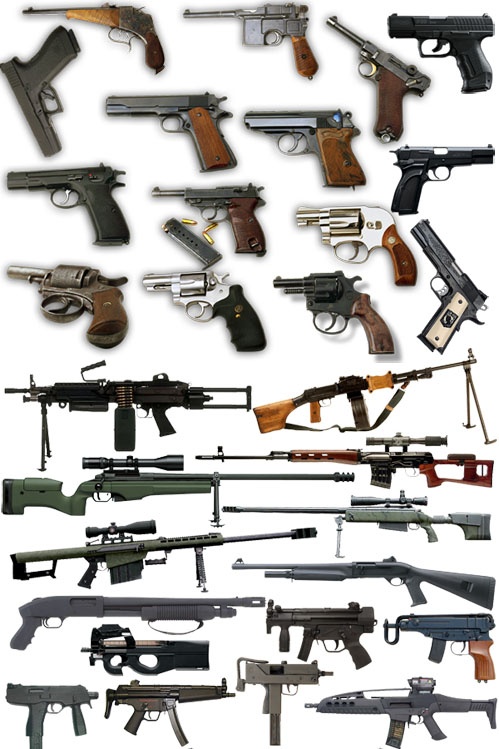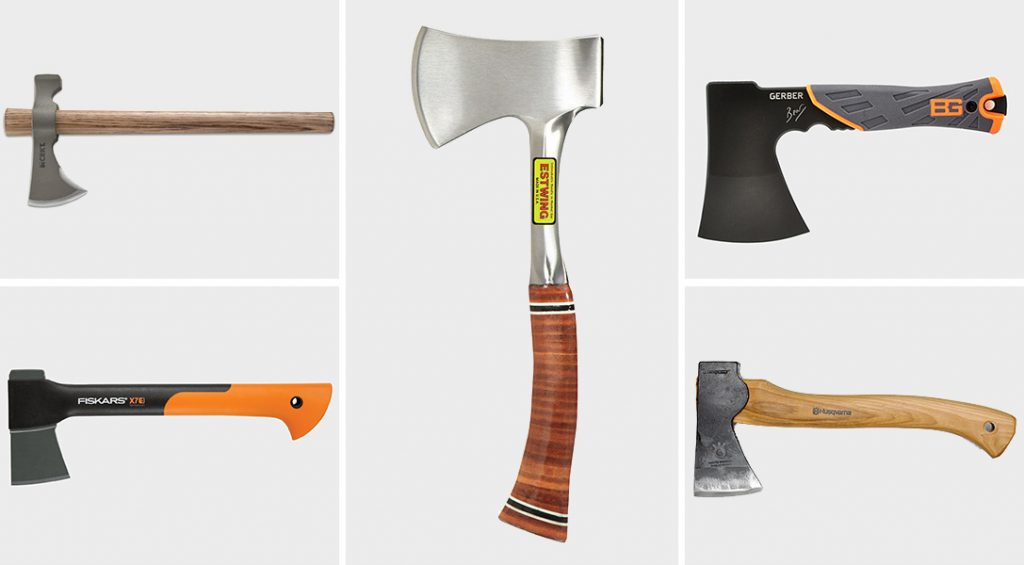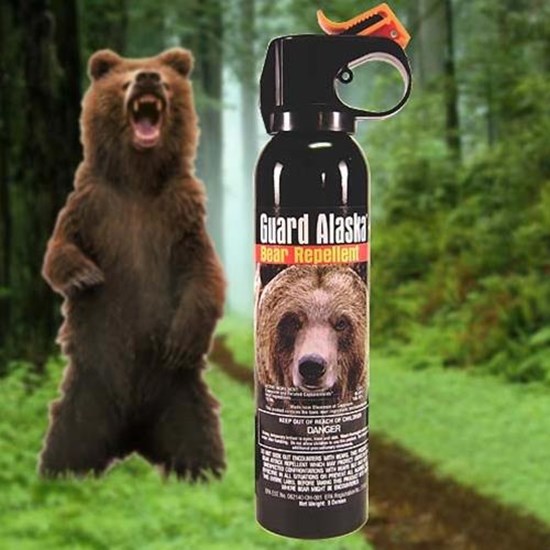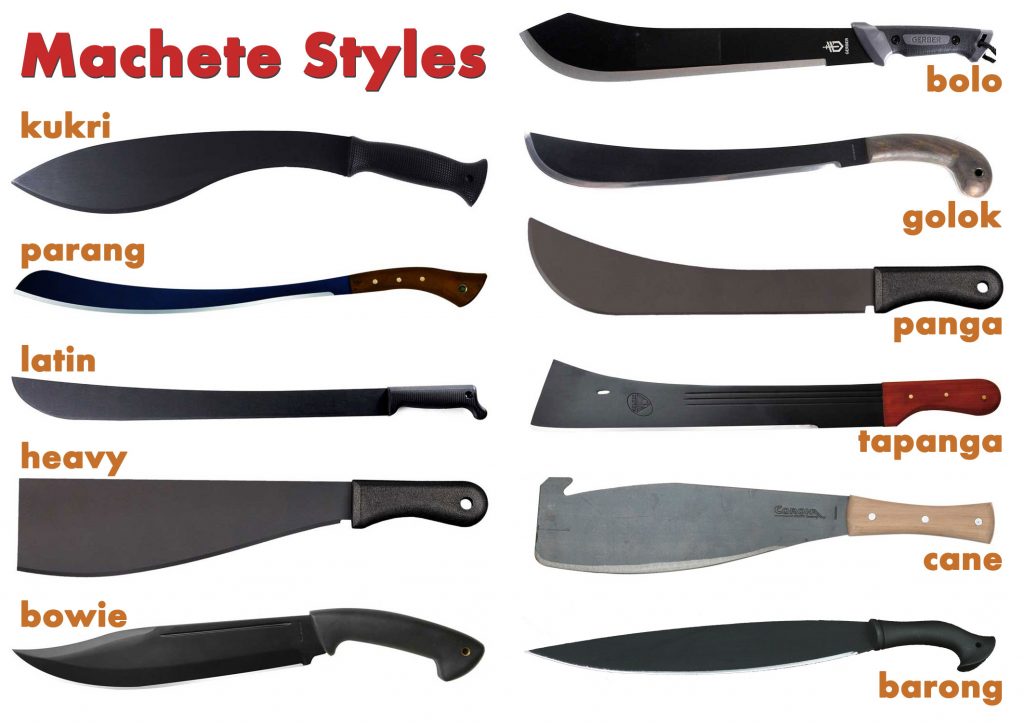Editors Note: Another article from R Ann Parris to The Prepper Journal, a supplement for her last post on the subject. with new information and a guide on how much and seed would be the minimum someone needs. As always, if you have information for Preppers that you would like to share and be entered into the Prepper Writing Contest with a chance to win one of three Amazon Gift Cards with the top prize being a $300 card to purchase your own prepping supplies, then enter today!
“How much seed do I need?” It’s a simple question. And a common one, in the self-sufficiency and preparedness folds. It’s also a ridiculously simple answer.
It depends.
It depends on a lot of things. As with the perfect gun, the perfect dog, the perfect wedding dress, and even the perfect property size and location, it’s person specific.
There are about a dozen primary factors – all of which have subsets. You can pretty much apply that “it depends” and all those factors to the “how much land per person” question too. Deciding “how much” starts with weighing those factors, then crunching numbers and testing.
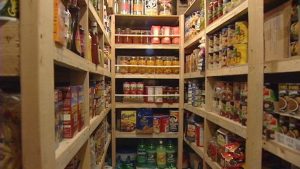

The first thing we have to do is determine our production goals. From there, we look at our yield averages – which is where “it depends” strikes hardest.
Then we check how hard something is to save seed from for a future yielding plant, and start dividing and multiplying.
It’s a huge topic, so it’s broken it into two parts. Here, we’ll run through the *ahem* short list of factors, and an example of how they intertwine to determine future-seed needs.
Another article http://www.theprepperjournal.com/2017/10/25/saga-seed-stockpiles-continued/ looks at some of the available planting guidelines suggested for families and briefly discusses how different plants and methods can affect how much seed we save and from where.

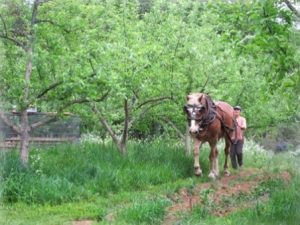
Variables in Yield
We can’t plan using others’ results. The upper chart here http://www.gardensofeden.org/04%20Crop%20Yield%20Verification.htm shows yield per acre for a small organic farm.
If you notice, it’s far removed from the Big Ag 120-bushel of corn per acre averages 20 years ago, and wouldn’t even be mediocre production for Big Ag’s current mid-160s to low-170s averages. Unless you plan for the same irrigation, testing, amendments, and equipment used by Big Ag, you’re unlikely to see Big Ag results. Their average yields do nothing for us.


See, when we start talking about “it depends”, it really does – on area, season, and growing style. That goes for both annuals and perennials.
Eventually we have to give it a shot ourselves, usually with small scale testing, to develop our averages.
Then we start to actually determine how much starter seed we need to meet our pantry goals, with a +/-margin for bumper crops and bust seasons and our desired seed saving. From those totals and our test plots, we start factoring how much land we need under cultivation to meet our goals.
To determine production goals, let’s develop what we’re going to call (charitably, and without snorting here) the “short list” of variable factors.

Primary Factors
– Are we only after a veggie-fruit garden to augment stored staples, or are we trying for true self-sustainability (calories, oils, and all required nutrients)?
– How many calories do we need?
– Fats and oils for cooking?
– Protein needs?
– Are perennials contributing to calories or fats? (Oaks, elms, nut trees)


– Are livestock or wildlife part of our food plan? (Fats, proteins, calories)
– Do we need livestock feed? Wildlife habitat?
– Are we also feeding animal helpers and defenders? (Short-term or sustainably?)


– Is irrigation needed? Is it possible? Probable? Hand or mechanical/electrical?
– Are we aiming for seed collection (which requires us to plant enough extra to stock as seed plus backup seed again), or a one-off planting (which opens up region-tailored hybrids)?

– Do we want/need “bad year” backups? (See http://www.theprepperjournal.com/2016/08/10/gardening-during-disasters/ for some garden-ag disaster scenarios; some “eek” regarding seeds are also found in the latter part of the http://www.theprepperjournal.com/2016/05/02/tracking-seperating-seeds-success/ seed-tracking article.)
– Growing method? (Plays into yields)
– What are our growing season & zone(s)? (How much growing time you have affects how much land you need to have planted during that season.)
 Wheat.pw.usda.gov – Variety selection affects our max-potential yields. We’d need more seed (and land) for a low-yielding variety, than for a high-yielding variety. However, we might not need amendments, pest control, or irrigation.
Wheat.pw.usda.gov – Variety selection affects our max-potential yields. We’d need more seed (and land) for a low-yielding variety, than for a high-yielding variety. However, we might not need amendments, pest control, or irrigation.
Additional Factors
There are other aspects that come into play once we have some of our method, climate, and goal answers. Some affect picking what we’ll grow, and some affect what we’ll need for our crops.
– Do we have slake water soaks planned for a corn-based diet? (Starving with a full belly = bad.)
– Do we know what OUR yields are, per general type (a bush green bean) or by specific variety (Channel Seeds VT TriplePro corn, versus Hancock’s “Trucker’s Favorite” white dent corn)?
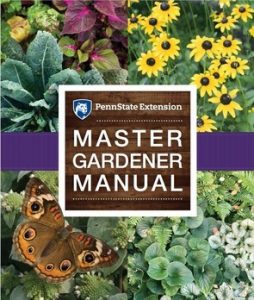
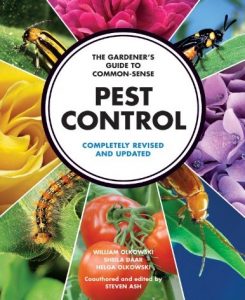
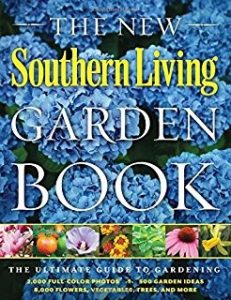
– What are our past & locally common pest/disease problems?
– Previous land use?
– Planned preservation methods?
– Labor factors; in prep, harvest, and post-harvest phases? (Manual or mechanical, man hours, physicality)
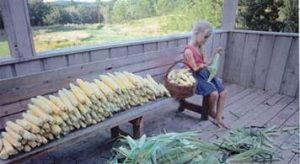
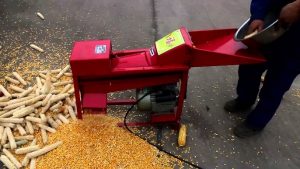
– Focus on space efficiency?
– Got chill hours? (pro: apple yields; con: apple diseases and pests)
– Hoop-hothouse to extend seed-starting and planting seasons?
– Long-term sustainability, or expected short term? – Duration of short term: 12-18 months, 2-3 years, 5-10 years, etc.?
Uhm…Say What Now?
 Thank you, boredpanda.com, for my go-to “incredulous/befuddled” Pallas cat, who balks at my “short” list & its contents.
Thank you, boredpanda.com, for my go-to “incredulous/befuddled” Pallas cat, who balks at my “short” list & its contents.
Some of the factors may be head scratchers, without immediately obvious reasons for how or why they’d affect our seed stockpile. Usually, there’s a long, complicated article’s worth of considerations for each.
For example, we ask, Why does the sustainability of a system matter?
Because over time, we’re repeatedly taking nutrients and biomass out of the growing space, and sticking them in our toilets or catholes. This removes them from the production system – even only for 6-18 months if we’re into humanure.
The same is true of pulling weeds and flinging them far, far away, or letting livestock munch them and later returning manure – which has nutrients, but does little for soil structure. Eventually, it takes a toll on the soil.
We’re also walking and-or driving around our plants (compacting soil), possibly removing helpers like firefly larvae (they hunt slugs), and we’re possibly growing the same groups year after year (inviting pests and disease to set up shop).
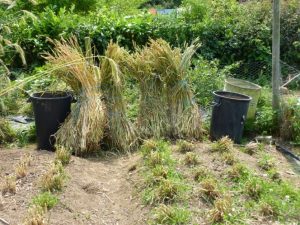 Image: Sustainablesmallholding.com – Wheat hand harvest
Image: Sustainablesmallholding.com – Wheat hand harvest
For some timescales, sustainability just doesn’t matter. For those with enough resources to just repeatedly convert crop areas to covers and-or low-pressure grazing in cycles, it gets partly to mostly mitigated. There are intensive growing methods and practices that eliminate some to all of the possible problems.
However, there are methods that exacerbate them.
It took a thousand years to turn the Fertile Crescent into a desert, and only about a hundred years to convert the Great Plains’ six-plus feet of topsoil to the Dust Bowl. We can see less-dramatic but still-serious soil changes in just a year or two, definitely inside 3-5.
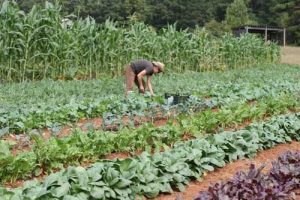

Avoiding the negatives (creating sustainable production) affects our growing method choices. Our choices also depend on our capabilities – physical and mechanical. The different methods see differences in yield, and affect the type and need for cover crops, or to have differing seed bases for alternating years.
It all combines to determine the amount of seed and land we’d need for cultivation to avoid having predictable problems down the road.
 northportfarmersmarket.com – See those people at booths? They can be excellent resources. They also validate “it depends”. That market opens in October. See, it’s South Florida. They just shake their heads at “normal” planting guides.
northportfarmersmarket.com – See those people at booths? They can be excellent resources. They also validate “it depends”. That market opens in October. See, it’s South Florida. They just shake their heads at “normal” planting guides.
Getting Help
Happily, we don’t all have to learn from scratch – although, unless you’re very light on the supermarket and skip the amendment and pest control portions of Tractor Supply, chances are prac-ap is going to be eye-opening.
Your local and regional Master Gardeners, county extensions and co-ops, and any permaculturists and sustainable ag growers in your area are going to be valuable resources.
Due to the limitations and capabilities in each region such as temperature and rainfall, the balance of crop types and varieties – and thus the seeding rate and-or yield – will vary significantly. People who are already doing it – successfully – can help with averages and predictions on those fronts.


Ask specifically about heirloom and OP, dryland-farming varieties, and disease resistance. Those are some of the areas where the biggest differences occur between “us” and Big Ag. (Remember that experienced organic farm yield versus Big Ag averages?)
We need to find a different expectation baseline, from people who grow the way we want to. That makes the internet an invaluable resource.
One, there’s a fabulous fallback: Your state’s old Victory Garden guides and farm reports.


Check the handout-guides, but also hit the cached newspapers. Many include canning rates based on the less-productive “then” crops and garden calculators, which can give us starting points for what our less-productive crops will potentially yield.
Two, we’re surrounded by growers, and the internet can help us find them.


Somewhere near us is a small market grower or a homestead blogger or forum user. A permaculture forum might also net somebody in the neighborhood.
Smaller YouPick farms are a good resource for varieties, pests, and controls. Some CSAs have programs for learning or apprenticeships, and some are open to conversations or hands-on tours even without them.
Should all else fail, you can also just keep those resources in mind (and on maps). These are people you might turn to for help later if you do have to expand before you have good established baselines.

Other Factors in Production
Way back when, there was a set of articles about seeds. They might be worth checking out again. The article on procuring and testing seeds http://www.theprepperjournal.com/2016/04/26/how-to-procure-test-seeds/ takes a brief look at some of the seed kits offered specifically to preppers, and talks about different types of seeds applicable to the prepper world. It particularly applies here.
Other articles about planting style, sowing schemes, growing methods, and the use of perennials can help start detailing some of the variables involved with successful kitchen gardens and larger crop plots.

There are also TPJ articles about production for livestock. Some of the efficiency and site-planning articles introduce integrated, multi-function system concepts that affect yield-per-area. Articles with focuses on specific disasters can sometimes also be sources for garden materials and seed types that can affect our yields.


There are a ton of variables with growing. Even Big Ag does not have cut-and-paste yields across the board – which is why we see variables in region and state production, specialization by region, and still periodic crop failures.
We must get started if we expect to grow food at some point in the future. There are too many learning curves to leave those seed kit boxes and vaults on the shelf until a disaster. Knowing how much of what we need to plant – in a normal year – is only the tip of the iceberg.
Follow The Prepper Journal on Facebook!
. How prepared are you for emergencies?
#SurvivalFirestarter #SurvivalBugOutBackpack #PrepperSurvivalPack #SHTFGear #SHTFBag

